Description
Railroad Short Name: CR
During the 1960s, the most radical freight car designs employed the extreme height clearances offered by Plate F car designs. In 1964, no car type articulated this extreme more than the 86-foot, purpose-built “Auto Parts” boxcars. These large boxcars became fixtures on the rails all over North American mainlines, riding hot trains to deliver components vital to the productivity of auto plants. While several car builders offered 86’ auto parts boxcars, the most prolific builder of the double plug door design was Greenville Steel Car Company of Greenville PA. More than 4,400 of these cars were acquired by most major railroads, and they were assigned to pools where multiple railroad’s cars served a specific shipper or shippers. Original utilization of these cars was for Ford, Pontiac, and Chrysler, as well as deliveries from 3rd party parts suppliers to the auto plants. Greenville’s 1964-1978 production was the longest run for this car type, with many still in service today.
Tangent Scale Models is pleased to introduce the Greenville 86’ High Cube Double Plug Door Box Car in HO scale! This is not just a single box car model, but instead a system of 86’ High Cube Double Plug Door Box Car models. Tangent is pleased to introduce the industry’s first “high-detail” 86’ auto parts car model!
More about the model in a moment – let’s start with the prototype! Here is an example of a 1965-built Greenville 86’ High Cube Double Plug Door Box Car right after delivery, in Louisville & Nashville paint! This car is from the second Louisville & Nashville order of Greenville 86’ Double-Door box cars. Delivered in 1965, this group of 55 cars featured Center-of-Car Cushioning with truck mounted brakes. Fun fact: By 1965, L&N was using “Codit” reflective liquid on its reporting marks, resulting in among other things, an increase in nighttime visibility. We have duplicated this distinctive look with our model’s lettering – note the subtle change for the shade of yellow for the large L&N and car number versus the rest of the data and graphics. This product has a National Champion-Peacock hand brake and 70T trucks with 33” wheels and rotating Brenco-6 roller bearing caps. Finally, this L&N offering was part of the Ford’s Chicago Stamping Pool, resulting in an accurate Chicago Heights, Illinois return route stencil.
The Greenville 1964-1978 production included several distinctive design features to watch for. Most notably, see the drop sill at the bottom of the car which roughly divides the car into fifths when looking at it from left to right. The aluminum doors stand out on the L&N car above because they are unpainted. On some schemes, the doors are indeed painted. Also note the end of car cushioning device. Some cars have center of car cushioning.
The first Greenville cars were built in 1964 and featured rooftop running boards (“roofwalks”) which were removed during the year 1965. Here is an example of a former WP prototype car modified in 1965, with the removal of the roof running board, the lowering of the brakewheel housing and removal of high grab irons and end ladders. If you look closely, you can see all of these “remnants” on the sides and ends of the prototype. The roof features the old bolt locations of the running board supports! This WP car retains 70T Trucks with Timken roller bearing caps. Here is one of the WP cars on the Missouri Pacific on the South side of Chicago and several railroad interchange points away from WP rails. Please keep in mind that these were pooled boxcars which means you might consider buying cars in a variety of road names. For example: Prototype photos show the WP car is going to look equally good rolling through San Bernadino, California, Wabash, Indiana, or Hapeville, Georgia. Again, the pools for these cars mean that the cars were roamers – don’t just look for cars from “your” railroad!
Conrail (CR) Ex-PRR X60C Patch 1976+ can trace its heritage back to the 1964-built PRR X60C class. It represents one of the former PRR-painted cars that has been quickly “banditized” with Conrail reporting marks and road numbers, a common practice in the early years of Conrail. These banditized stencils were applied to a subset of the car fleet, and they always make very interesting models and weathering projects. These cars feature the “remnants” of the grab irons on the sides and ends of the model, as well as the roof details of a car that had a running-board at one time. These replicas are all about the little details, from the lowered Miner handbrake, to the CR door inspection data to the replacement Morton cross over platforms.
Features:
The Tangent Greenville 86’ High Cube Double Plug Door Box Car system is a state of the art, dimensionally-accurate scale replica that was tooled to Greenville Steel Car plans and verified with field measurements. Our model comes with highly accurate “true-to-life” colors and “hyper-accurate” lettering including exact stenciling, fonts, and lettering placement. Our Greenville 86’ system of models offers a multitude of detail variations and phases to replicate the many different Greenville Steel Car offerings. A quick synopsis of our era and railroad-specific detail variations include:
- Body shells with or without overlapping side panels
- EOCC (end of car cushioning) or COCC (center of car cushioning) “near scale”draft gear variations with genuine Kadee® scale couplers
- Separate flexible rubber air hoses
- Roofs with running board supports remaining in place (1965+ appearance since the running boards were gone by 1966) and roofs without running board supports (1965+ Greenville production)
- Under car brake system variations
- “See through” etched metal end crossover platforms in three possible options: Gypsum, Apex, or Morton
- Side tack board types/sizes and locations
- Seven prototypically-accurate brake stands (Ajax, Universal, Equipco, Miner 6600, Champion-Peacock, Elcon-National, Peacock 850)
- Two possible handbrake “brake wheel” options
- Optional 3rd door arm hinge parts to be configured one of three ways
- Two brand new truck sideframes: 70-Ton Barber S-2A Roller Bearing Truck or a 100-Ton “Low Profile” Barber S-2-C Roller Bearing Truck (outlined at the end of this press release)
- 33” or 36” wheels, as applicable to each model
- Two brand new truck brake beam part options
- Three brand new “rotating” roller bearing truck cap options
Finally, check out the TRUCKS on these cars! Our new Greenville 86’ High Cube Double Plug Door Box Car models feature one of two new truck options – either a 70-Ton Barber S-2A Roller Bearing Truck or a 100-Ton “Low Profile” Barber S-2-C Roller Bearing Truck.

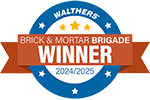
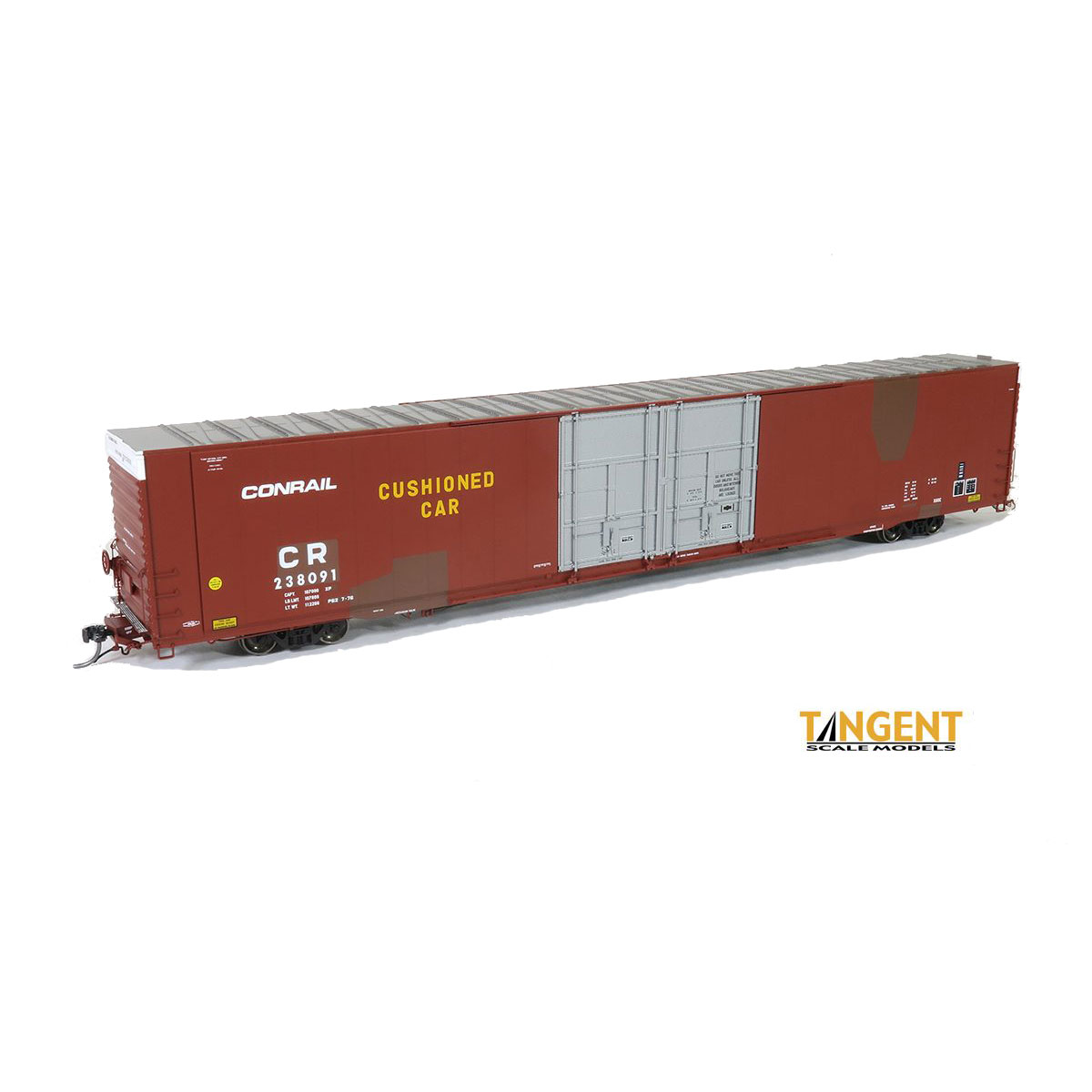
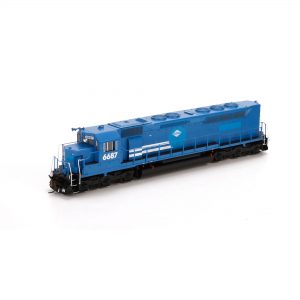
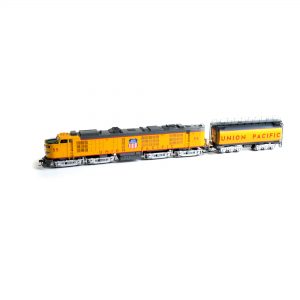
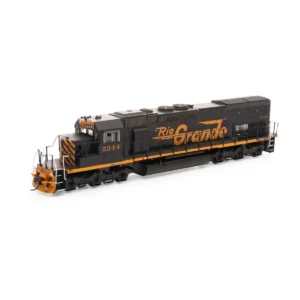
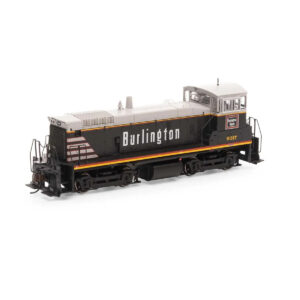
Reviews
There are no reviews yet.